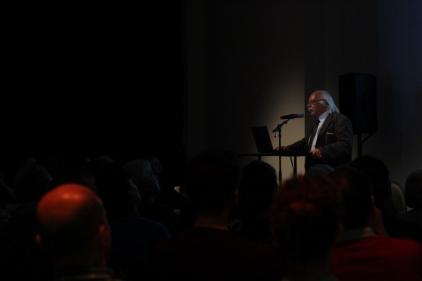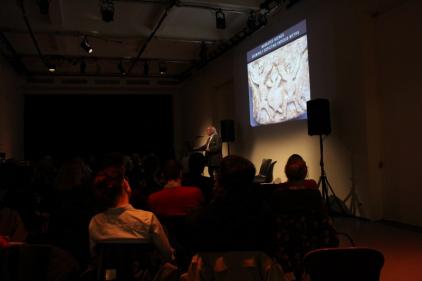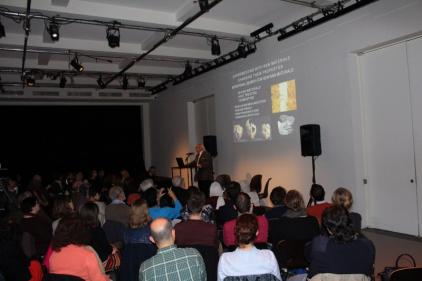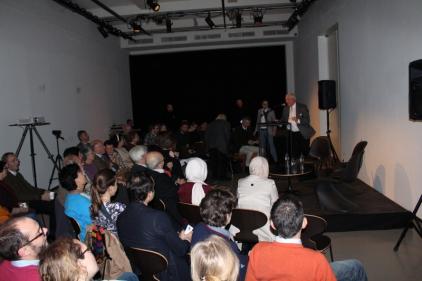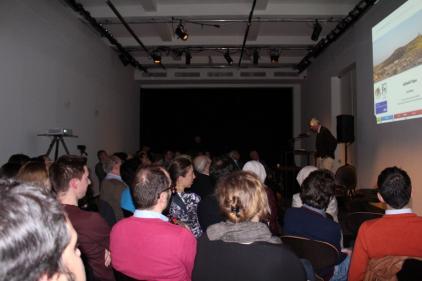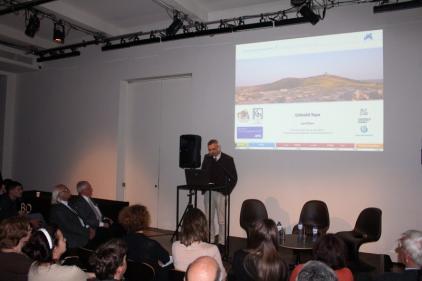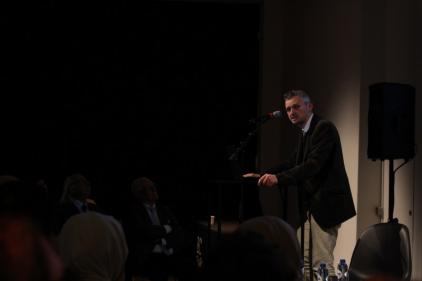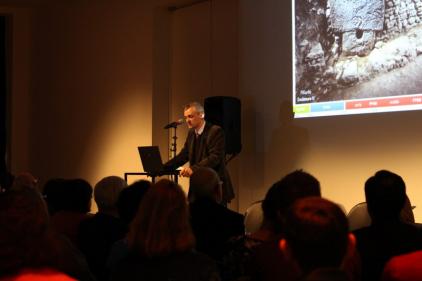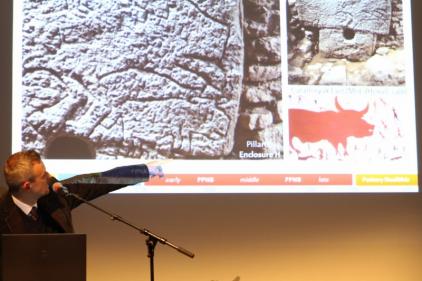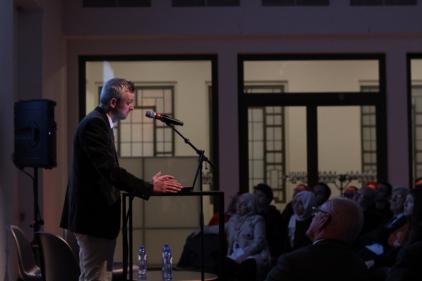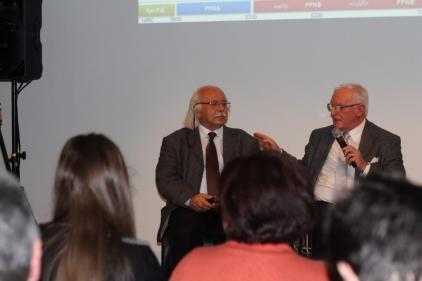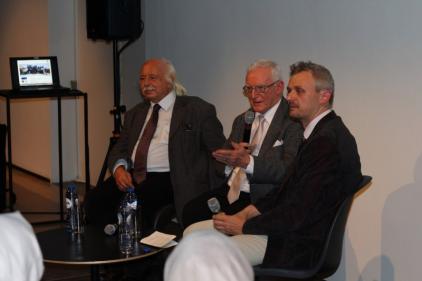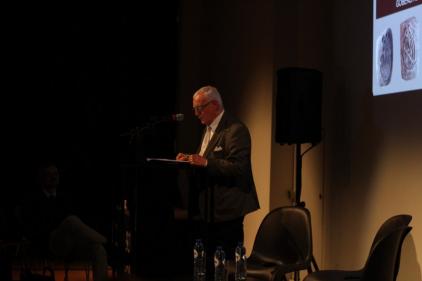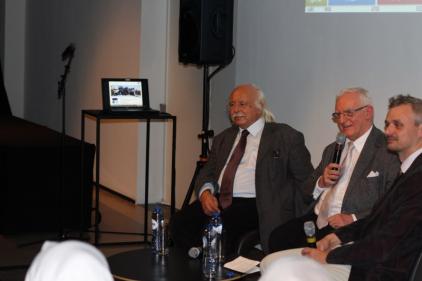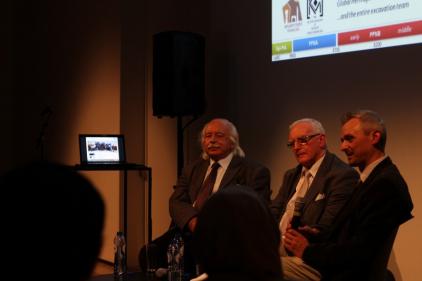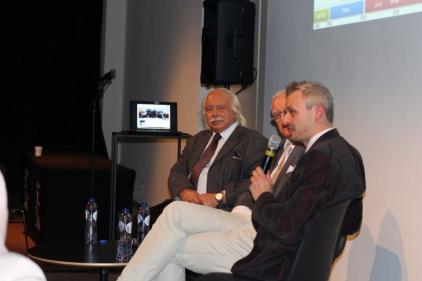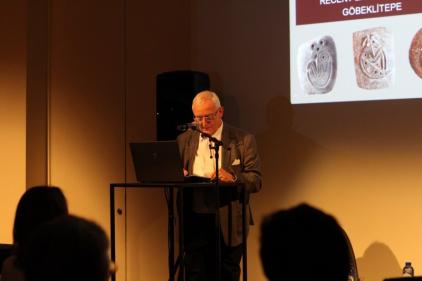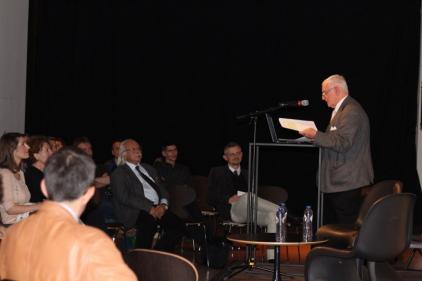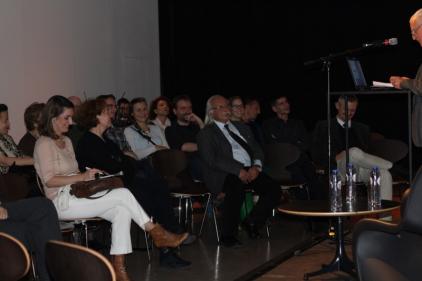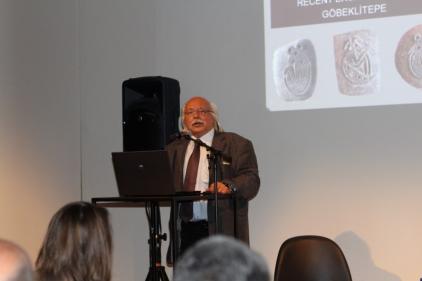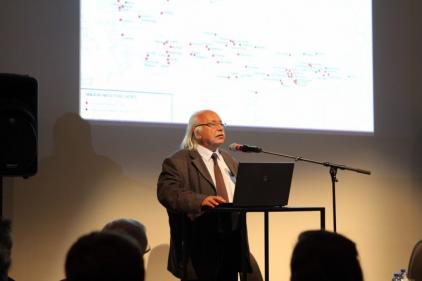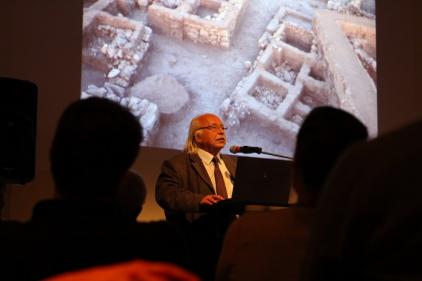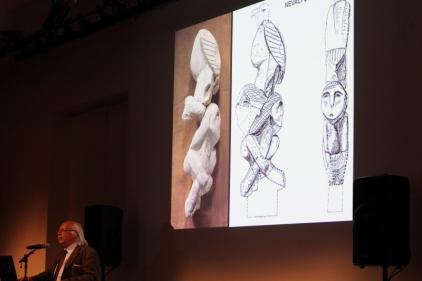Panel “Göbekli Tepe – Birth of Civilization” Held in Brussels
Brussels Yunus Emre Enstitüsü organized a panel on November 4, 2015 at BOZAR in reference to Europalia Turkey’s main exhibition titled “Anatolia. Home of Eternity”, examining Göbekli Tepe of Şanlıurfa, one of the greatest archeological discoveries of the last two decades.
The panel’s moderator was Prof. Marc Waelkens, head curator of the “Anatolia” exhibition, recipient of an Order of Merit of the Republic of Turkey in 2002 for his contributions to Turkish culture and his lengthy work on Sagalassos (Ağlasun) dig site, and knighted by His Majesty, King Albert of Belgium in 2009. In his opening speech, Prof. Waelkens shared recent information and details regarding the Göbekli Tepe excavation, the most exciting archeological discovery of the last 20 years. Prof. Waelkens expressed his pleasure at having one of the best archeologists of Turkey, Prof. Mehmet Özdoğan, and coordinator of the Göbekli Tepe project, Dr. Lee Clare, present in Brussels; and thanked Yunus Emre Enstitüsü for bringing these two speakers to the attention of interested Brusselians.
In his presentation, Dr. Clare noted that Göbekli Tepe provides clues to understanding the roots of contemporary society, and is the most mysterious prehistoric site in Eastern Mediterranean due to its monolithic limestone architecture and well-preserved carved animal reliefs. Especially of note in this 11,000 years-old settlement is a hunter-gatherer society’s construction of the oval workpieces and T-shaped pillars, which may currently stand as the oldest religious site of the world. He underlined that these structures contain hints on the changing social and cultural values in society, show the transition to agriculture and animal domestication, reflect a social hierarchy, and are of great importance to history of humanity.
Prof. Özdoğan of İstanbul University reminded the audience that until recently, Neolithic societies were thought to be egalitarian, noncomplex communities recently transitioning to agriculture in a struggle of survival; and that Çayönü, Nevali, Çori, Körtiktepe, and Göbekli Tepe excavations in Southeastern Anatolia and Northern Syria are posed to challenge these conventions radically. According to the latest findings, despite transitioning to a fully sedentary lifestyle these communities still hunted, had advanced artistic skills, and traded raw materials, goods, and technology. He pointed that domestic and public structures differed greatly, public structures being more grandiose with remarkable illustrations of the society’s beliefs. In the excavations, almost all species were portrayed, and women predominantly appeared in domestic structures, and men and animals in sites where rituals are thought to take place.
A sizable audience of archeology master and doctorate degree students, as well notable figures like Leuven University Sagalassos Archeological Research Project Member Prof. Jeroen Poblome, Royal Belgian Institute of Natural Sciences Bioarcheology Head Prof. Wim Van Neer, and Turkish Embassy in Brussels First Secretary Yaprak Ece, attended the program.

